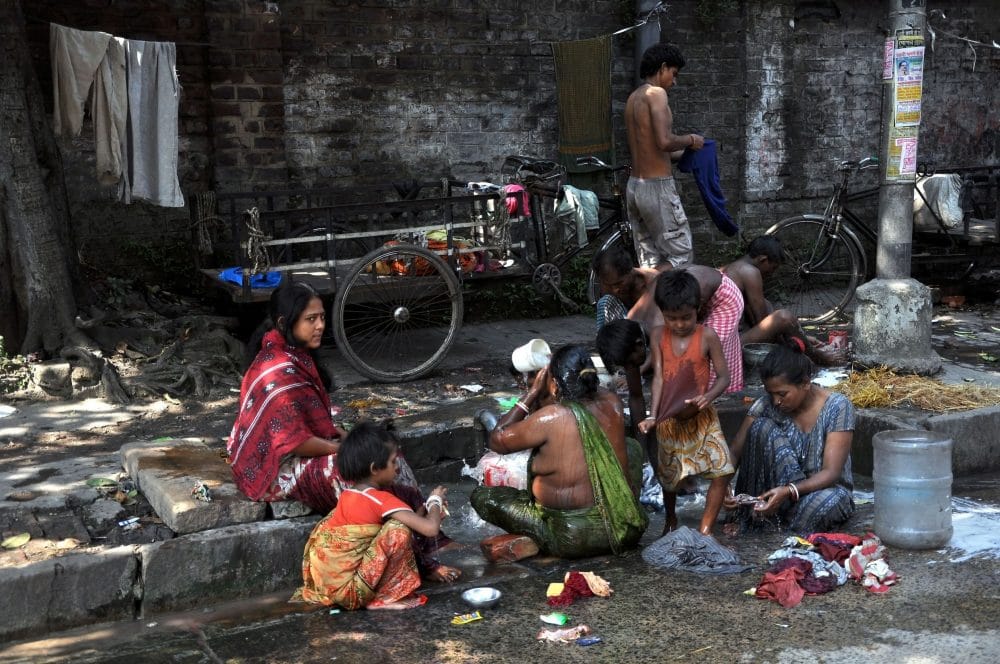
Many millions of Indians are descended from groups of fewer than a hundred people. As a result, they are more prone to some inherited diseases, according to a new study described in Nature.
India is currently the second most populous nation in the world, with a population exceeding 1.3 billion. In such a large population, there are a number of diverse ethnic groups from different areas. It presents an enormous opportunity for genomic study to analyse disease specific genes. By learning more about which specific genes put a person at risk of disease, risk factors could be more easily assessed. This information could be used to focus on preventative medicine, rather than management of symptoms once a disease occurs.
In Southern India, anaesthesiologists will ask patients before undergoing an operation whether they have any ancestry from the Vysya, a regional group that were associated with business people and trading activity. Doctors from the area, particularly Andhra Pradesh and Telangana, are aware that people with Vysya ancestry frequently have fatal reactions to commonly used muscle relaxants during surgery. They inquire about a patient’s ancestry in order to adjust the combination of medications used.
This susceptibility to certain conditions stems largely from historical prevalence in India of endogamy — or marrying within a social group, class or caste — which increases the likelihood that recessive genes are passed on. Recessive diseases only occur when a child inherits two copies of a recessive gene, one from each parent. Endogamy this has left millions susceptible to these diseases in India.
The study published in Nature notes the population of South Asia is 1.5 billion, with India forming the bulk of this. However, India cannot be viewed as harbouring one singular group of people; rather, it is home to a large number of distinct ethnic groups.
To analyse this, the paper assessed genome-wide data from over 2,800 individuals from over 260 South Asian groups. The study found from these 81 genetically unique groups, 14 had more than one million people (based on census data).
The study places an importance on “founder events”, in which very small groups of people – sometimes only 100 individuals – can give rise to these large ethnic groups. However, due to the low genomic variance in the initial group, any genes present in the founder group that made them susceptible to a particular disease will be passed on across generations, potentially becoming a common trait as the group increases in number.
By conducting genomic studies in groups such as these, potentially dangerous genes can be discovered and those at risk can be identified. Despite India forming a significant portion of the world’s population, currently only 0.2 percent of the genomes in the global genome database are from people with Indian heritage. Future studies looking into disease causing genes may benefit greatly from the scientific value that 1.3 billion genomes could bring to the table.

